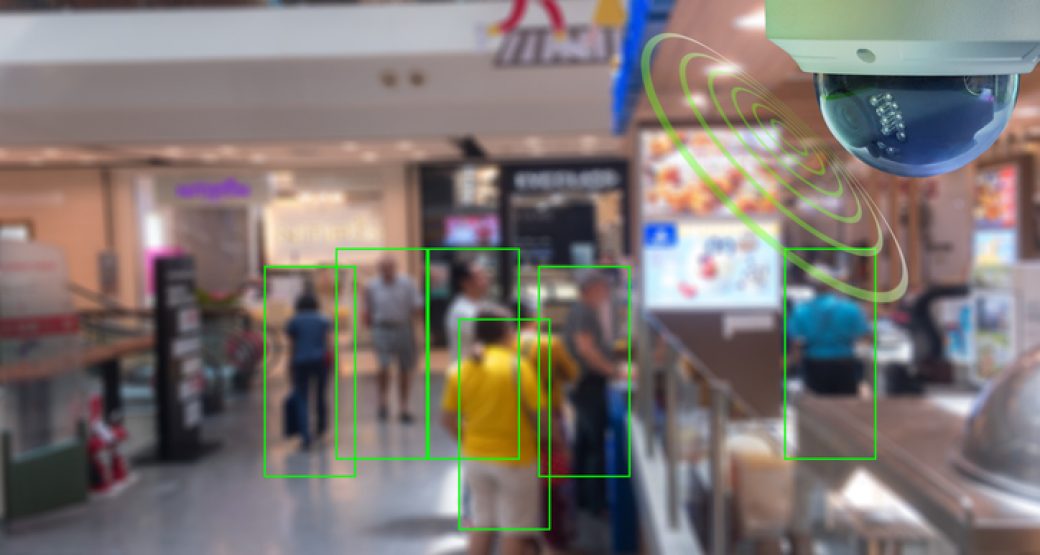In the world of physical security, situational awareness is one of the most foundational aspects every system should have. Often defined as the ability to perceive, comprehend, and anticipate potential threats in a given environment, situational awareness is critical for effective security management. It allows for timely detection of security breaches and enables swift response times to mitigate risks and ensure the safety of people and property.
Traditionally speaking, situational awareness security typically falls under the purview of human security personnel such as security guards, police officers, etc. But with advancements in technology, real-time video surveillance, and integrated alarm systems, situational awareness security control (SASC) systems are becoming more than relevant; they’ll soon be a hallmark of commercial security solutions for organizations in every sector. In particular, SASC systems are the next evolutionary stage for alarm systems backed by video verification. For example, you can leverage existing video systems and activate ProTech Security’s Virtual Guard platform for real-time video-verified alarms.
The Shortcomings of Traditional Alarm Systems
Once the gold standard for residential and commercial security systems alike, traditional alarm systems have fallen under scrutiny as of late. As recently as 2022, the U.S. Department of Justice reported that 96% of residential alarm activations were false alarms. An older statistic from Arizona State University also stated that false alarm rates for commercial properties could be up to three times higher than that of residential alarms. While this gap might have narrowed in recent years, false alarms remain a major concern when it comes to traditional alarm systems.
False alarms are more than just a nuisance to deal with as well. For one thing, if responders are dispatched, false alarms use up valuable emergency resources that are currently strapped to begin with. This can result in financial ramifications for the property owner, whether they were aware of the false alarm or not. It can also significantly reduce people’s faith in security systems and, therefore, their effectiveness.
Situational awareness security control backed by visual security solutions may be the solution to this problem.
The Advantages of Situational Awareness Security Control Systems
At ProTech, situational awareness security control systems are a web-based version of physical security information management (PSIM). When paired with the power of real-time visual monitoring systems from CHeKT, our SASC systems provide many essential benefits to improve your security measures and safeguard your people, property, and assets. This is best exemplified by our Virtual Guard platform, which takes advantage of those monitoring systems to unlock several improvements for your security profile.
Full Integration with Existing Systems
Both ProTech’s SASC system and the visual security system from CHeKT are fully compatible with existing systems, including security, video surveillance, and access control systems. This means you can add SASC systems to your existing security solutions without the need for extensive work and possible downtime.
The SASC system also integrates and manages security devices such as cameras and access control mechanisms, as well as security sensor data streams, and combines them all into a single user interface. Not only does this centralized approach help simplify your security and enhance monitoring capabilities, but it also works to streamline responses to security breaches the moment they are detected.
Proactive Monitoring and Real-Time Video Alerts
With situational awareness security control systems and CHeKT video surveillance, you can see in real-time what triggers an alarm, where on your premises it occurred, and what the current situation is at that site. Because these alarms are designed to alert you before a major incident takes place, it allows you and your security team to take a more proactive approach to your physical security.
Real-time video alerts can also drastically reduce false alarm rates. By removing reliance on sensor-triggered alerts, operators can visually assess the situation and verify whether an alarm is genuine or a false positive. Having a live visual also enables security personnel to respond to genuine incidents more effectively because it adds a visual layer to the sensor data.
Mitigated Risks with Faster Emergency Response Times
Finally, because responders can view live feeds from a centralized, remote location, emergency response times can be decreased significantly. With video monitoring, security personnel can initiate and coordinate actions promptly without needing to be physically present at the site of the incident.
Live video can also enhance communication between your internal security teams and emergency responders like the police or paramedics. Having a live, accurate visual of what is happening allows all responders to collaborate more effectively and make better, more timely decisions.
Add Situational Awareness Security to Your Solutions with ProTech Security
In conjunction with enhanced visual security solutions from CHeKT, ProTech Security offers situational awareness security control (SASC) systems to provide real-time monitoring and alarms for your commercial property. By integrating with your existing security systems and hardware, SASC can identify incidents immediately upon an alarm being triggered and distribute alerts to the people who need to know. SASC even sends out instructions on how to respond, which can be tailored to the people those instructions are going out to.
ProTech is one of the leading providers of physical security solutions for businesses and residential properties in Northeast Ohio and Central Florida. With decades of experience and a seasoned team of security professionals, we provide comprehensive, bespoke security solutions that include fire detection, security and event monitoring services, access control, visitor management, video verification, and more. Connect with our team today for more information.



